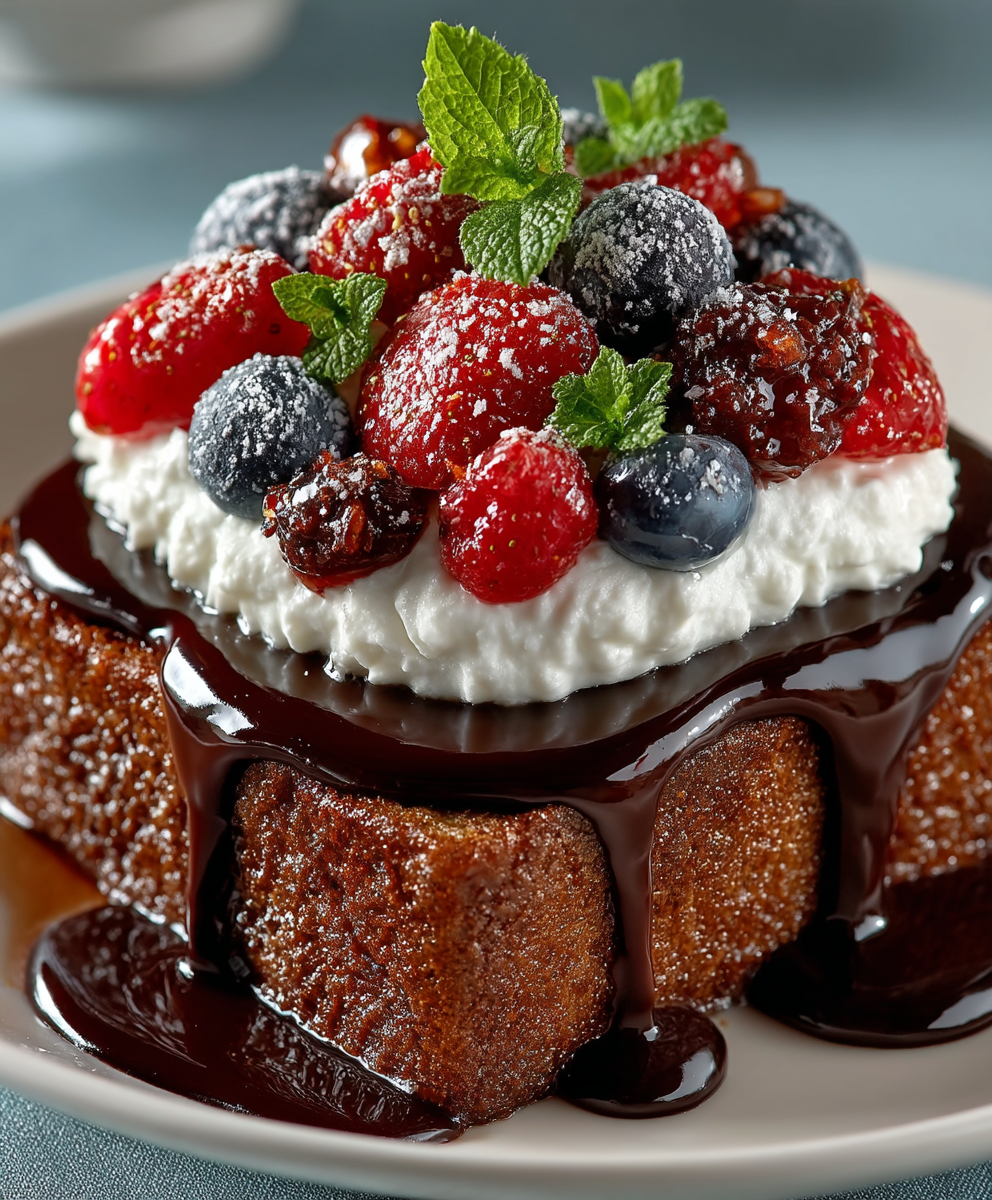Strawberry Cheesecake Cinnabon Rolls: A Delicious Twist on a Classic Dessert
Strawberry Cheesecake Cinnabon Rolls: A Sweet Twist on a Classic Favorite Strawberry Cheesecake Cinnabon Rolls are a delightful fusion of two beloved desserts that will tantalize your taste buds and…










